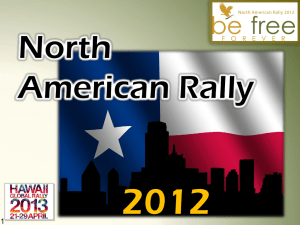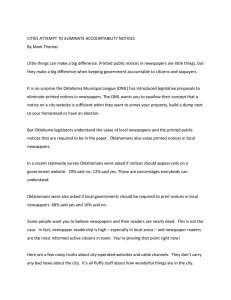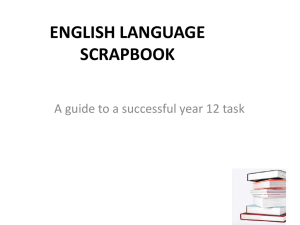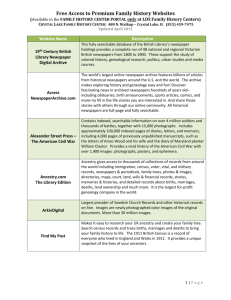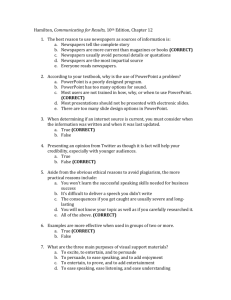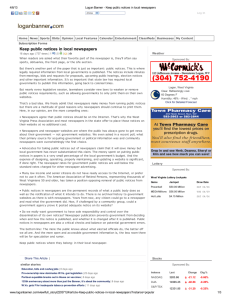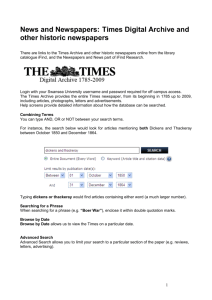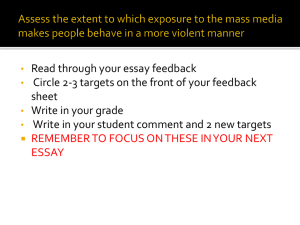Editorial: Public notices keep government actions transparent
advertisement
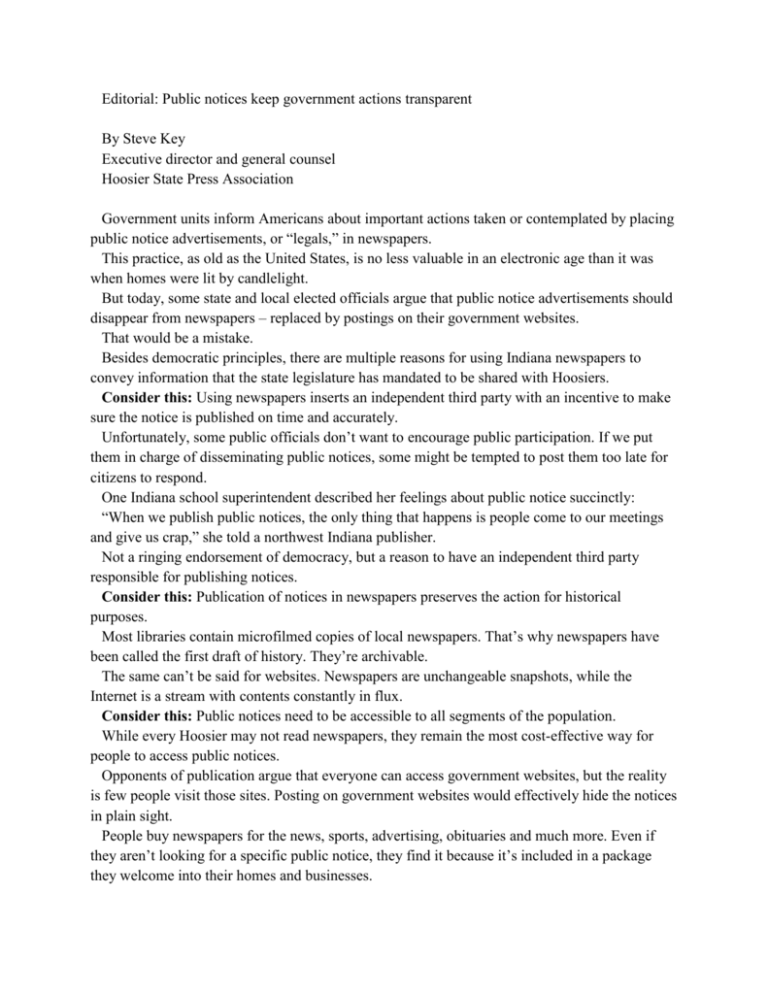
Editorial: Public notices keep government actions transparent By Steve Key Executive director and general counsel Hoosier State Press Association Government units inform Americans about important actions taken or contemplated by placing public notice advertisements, or “legals,” in newspapers. This practice, as old as the United States, is no less valuable in an electronic age than it was when homes were lit by candlelight. But today, some state and local elected officials argue that public notice advertisements should disappear from newspapers – replaced by postings on their government websites. That would be a mistake. Besides democratic principles, there are multiple reasons for using Indiana newspapers to convey information that the state legislature has mandated to be shared with Hoosiers. Consider this: Using newspapers inserts an independent third party with an incentive to make sure the notice is published on time and accurately. Unfortunately, some public officials don’t want to encourage public participation. If we put them in charge of disseminating public notices, some might be tempted to post them too late for citizens to respond. One Indiana school superintendent described her feelings about public notice succinctly: “When we publish public notices, the only thing that happens is people come to our meetings and give us crap,” she told a northwest Indiana publisher. Not a ringing endorsement of democracy, but a reason to have an independent third party responsible for publishing notices. Consider this: Publication of notices in newspapers preserves the action for historical purposes. Most libraries contain microfilmed copies of local newspapers. That’s why newspapers have been called the first draft of history. They’re archivable. The same can’t be said for websites. Newspapers are unchangeable snapshots, while the Internet is a stream with contents constantly in flux. Consider this: Public notices need to be accessible to all segments of the population. While every Hoosier may not read newspapers, they remain the most cost-effective way for people to access public notices. Opponents of publication argue that everyone can access government websites, but the reality is few people visit those sites. Posting on government websites would effectively hide the notices in plain sight. People buy newspapers for the news, sports, advertising, obituaries and much more. Even if they aren’t looking for a specific public notice, they find it because it’s included in a package they welcome into their homes and businesses. Consider this: Often government officials must verify they have notified the public about an action. It’s part of the legal due process required before courts can act on a petition regarding a government action. When an attorney presents the newspaper page carrying the required public notice, no one questions that it was published on the date of that newspaper edition and that the public had an opportunity to react if they had a concern about what the court or government agency was poised to do. Verifying when an item was posted on the Internet, how long it was posted and whether it was altered is an entirely different matter. The elements of an independent party, archivability, accessibility and verifiability make newspapers the best way to keep government actions transparent for Hoosiers.
